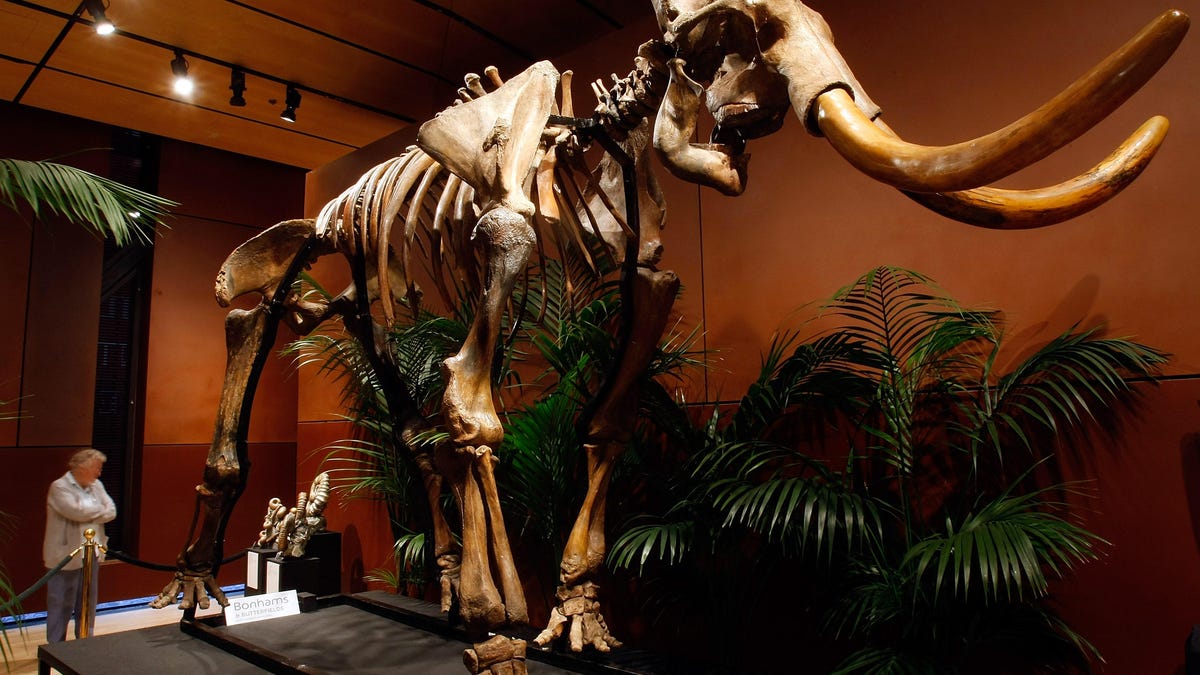Artificial womb could grow mammoth-elephant hybrid, researchers say
Researchers say "resurrected" woolly mammoth genes could help save modern day elephants from extinction, and they want to grow a hybrid in a lab to prove it.

Genes from the extinct woolly mammoth could help save present day elephants.
Scientists are hoping an artificial womb will be the key to growing a mammoth-elephant hybrid in a lab and potentially saving the elephant from extinction.
A team of researchers at Harvard University, led by renowned geneticist Professor George Church, say they have isolated and "resurrected" 44 genes from the woolly mammoth. Speaking at the Fourth International Vatican Conference in Vatican City last Friday, Church said researchers could use gene editing to create hybrid elephants capable of resisting cold temperatures, The Telegraph reports.
"My goal is not to bring back the mammoth, it's to bring back mammoth genes and show that they work and that we have already done it," he said.
Scientists have already raised the concept of using genes from extinct animals to help save living creatures.
But to grow an elephant embryo without harming adult female elephants, Church says his team needs to grow the embryo "in vitro in the lab." The hope is to create a "vascularised decidua" from stem cells -- uterine lining that has its own vascular structure of blood vessels to support life.
"We have one paper coming out which is a general method where we can turn stem cells into any tissue you want, and in this case we want decidua, which is the tissue into which the embryos implant, and we're trying to make a vacularised version of that."
While growing an entire mammoth-elephant in a lab might be a while off, Church said the structure "would be a good environment for initially a mouse embryo and then later larger mammals."
Rebooting the Reef: CNET dives deep into how tech can help save Australia's Great Barrier Reef.
CNET Magazine: Check out a sample of the stories in CNET's newsstand edition.

